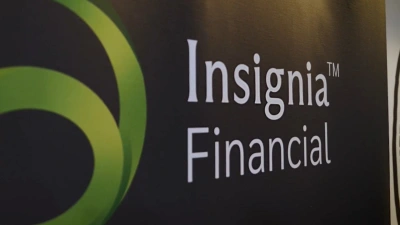Banking to be ‘less profitable’ amid COVID-19: NAB


National Australia Bank (NAB) group chief executive Ross McEwan has confirmed the banking sector will be a less attractive sector for dividends in the aftermath of the COVID-19 pandemic.
Speaking at a Bloomberg conference, McEwan said he expected there would be a downturn in profitability for banks in the short to medium term.
Bank shares were traditionally a key source of dividends for income investors and it was estimated the big four banks paid 30% of all gross dividends of the ASX 200 in 2019.
However, it had been identified as a sector at risk of dividend cuts and NAB already cut its dividend this April by 64% in order to strengthen its financial position after it reported a 51% decline in first-half profits.
“In the short to medium term, this will be a less profitable banking system but in the long term we have a strong economy, we went into the crisis with a strong position on government debt levels and we were in a strong position from a liquidity perspective. I would expect people are looking at Australia and New Zealand’s performance in admiration,” he said.
“By 2022, I would expect we could see gross domestic product at greater or equivalent levels to what we had at the end of 2019.”
McEwan took over the CEO role at NAB from Philip Chronican last year and previously led Royal Bank of Scotland through the aftermath of the Global Financial Crisis in the UK.
Meanwhile, he said the decline in cash usage had accelerated banking trends which might have taken a decade to emerge and this had forced banks to reconsider its future strategies.
“This crisis has brought forward trend which have taken 10 years to emerge. Use of cash, of cheques and of ATMs has dropped off dramatically, cash use is down 25% to 30%. So, we are looking at what we can do to accelerate our plans, what we can bring forward over the next 12 months rather than the 36 months and how we can shape and build out using technology,” he said.
In a 2018 speech, Reserve Bank of Australia governor Philip Lowe said the volume of visits to an ATM had declined from 40 times a year in 2000 to 25 times in 2018 while electronic payments had risen from 100 a year to 500 a year over the same period.
Share price performance of NAB versus ASX 200 since start of the year to 22 June 2020
Recommended for you
Sequoia Financial Group has declined by five financial advisers in the past week, four of whom have opened up a new AFSL, according to Wealth Data.
Insignia Financial chief executive Scott Hartley has detailed whether the firm will be selecting an exclusive bidder for the second phase of due diligence as it awaits revised bids from three private equity players.
Insignia Financial has reported a statutory net loss after tax of $17 million in its first half results, although the firm has noted cost optimisation means this is an improvement from a $50 million loss last year.
With alternative funds being described as “impossible” for fund managers to target towards advisers without the support of BDMs for education, Money Management explores the evolving nature of the distribution role.















